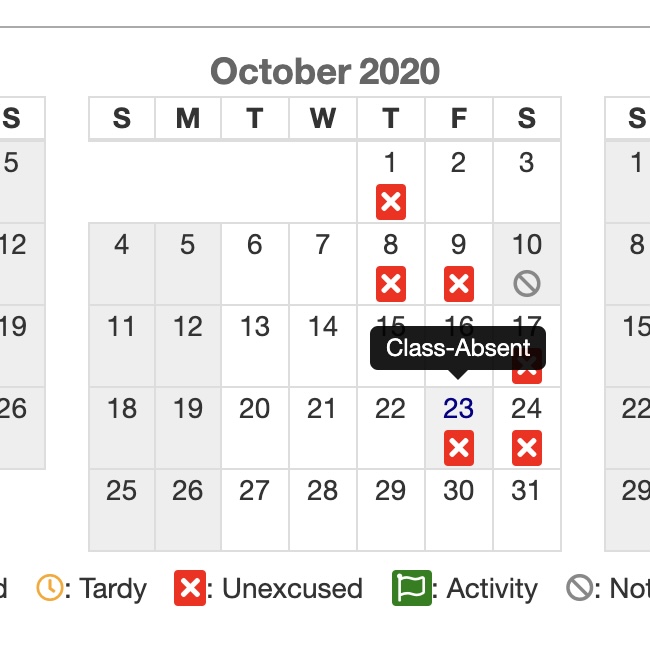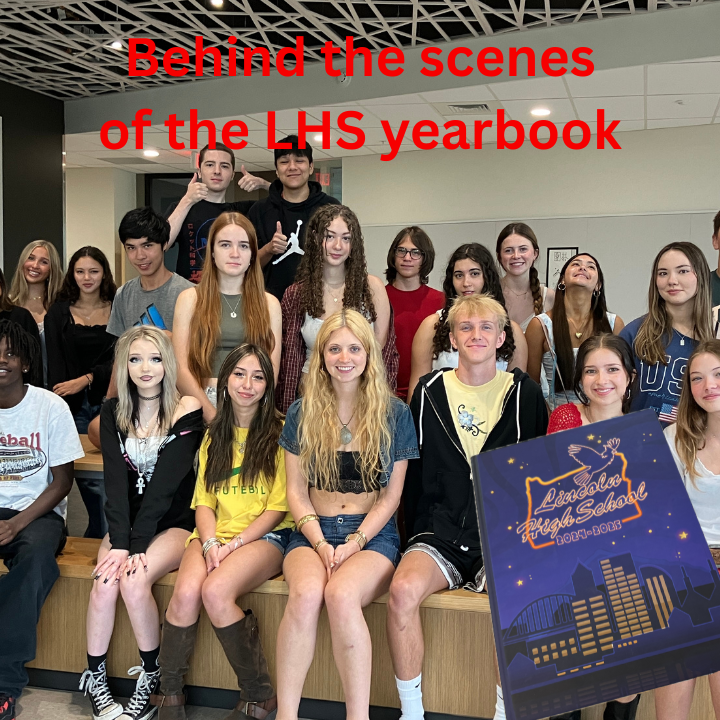Asynchronous schedule is confusing and frustrating, students say
Some students are speaking out in opposition of the way attendance is being taken this year at Lincoln, and arguing that the way classes are executed for asynchronous periods must be changed.
November 12, 2020
Some students are speaking out in opposition of the way attendance is being taken this year at Lincoln, and arguing that the way classes are executed for asynchronous periods must be changed.
When the new school year began online, Portland Public Schools (PPS) created a new schedule with two unique components: asynchronous and synchronous classes.
Synchronous classes consist of virtual classrooms and live webinars, presentations and real-time interaction. Asynchronous learning, as defined by the Oregon Department of Education, is a time where students can work at their own pace through pre-recorded lectures, readings and podcasts, practicing problems, discussion questions, quizzes, assignments, applications and analytical groups.
Lincoln’s schedule consists of four 75-minute classes, two synchronous classes in the morning followed by two asynchronous periods in the afternoon. Wednesday classes are completely asynchronous.
At first, students didn’t seem to have any problems with the new schedule, but after a few weeks of school, teachers informed students that they were also beginning to take attendance for Wednesday asynchronous classes too.
“Attendance has always been taken [for asynchronous classes], though there was some confusion initially with the information we received from the district about Wednesday attendance,” said vice principal Chistopher Brida. “In order to meet the state requirements for seat hours– the time students are required to be in class, per Oregon law– we have to take attendance during every period, including asynchronous time.”
Martin believes that Wednesdays should be for office hours, completing assignments and taking notes on pre-recorded lectures rather than enforcing mandatory Google Meets.
“I think that mandatory attendance should only apply to synchronous [classes], and if that isn’t possible, I would like every teacher to collect attendance in the same way so that attendance [isn’t] as confusing,” Martin said.
Multiple students have encountered trouble trying to ensure that they’re counted as “present” on Wednesdays due to teachers using different locations in Canvas. Some use the “Modules” tab or the “Assignments” tab, while others use alternative external websites altogether, such as Google Forms.
“The fact that teachers all organize Canvas and check attendance differently is a logistical nightmare for students and leads to lots of late work, which piles up quickly,” Martin said. “Attendance needs to be standardized, and I’d rather have teachers organize Canvas the same way to avoid confusion… it is unnecessarily complicated.”
Brida recognized that students may be confused, but said that staff are working to simplify both attendance and navigating Canvas.
“We have received feedback from students about how to improve the system for them and met as a staff two days this week in order to improve the Canvas experience for students,” Brida said. “Teachers are working to adjust some aspects of their Canvas pages to make the system better for all, so I am very excited to see the changes to support students.”
Lincoln is not the only school facing these challenges, which is why, Brida said, administrators are working diligently to solve them through piloting different tools in other PPS high schools.
Despite the changes made to this year’s schedule, some students said they would prefer to go back to the schedule made directly after the shift to distance learning.
When Lincoln made the switch to online school in mid March due to COVID-19, a new online schedule was created in two weeks to fit the needs of students and teachers. This schedule consisted of two periods from 9 a.m. to 11:10 a.m. Monday through Thursday.
“[Last year’s schedule created in the spring] is the better schedule without a doubt. Honestly, I haven’t heard anyone praise the district for the current schedule. All I hear is contempt for asynchronous behavior from my peers,” Martin said. “Asynchronous is a good idea, [but] attendance is a nightmare.”




